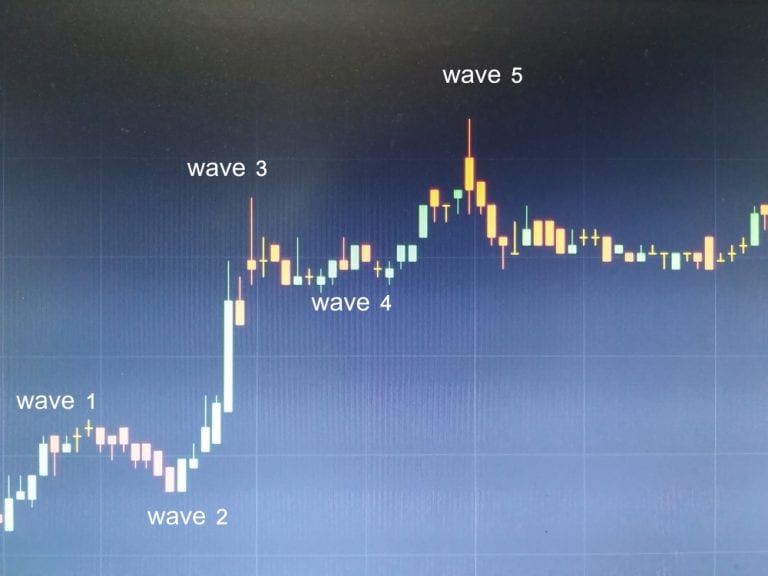
This is a five-three wave move. A cycle is complete once such a five-three move is done. In other words, the market has some patterns that repeat themselves and trades in a series of five and three waves. Waves one, three and five go in the direction of a trend, and waves two and four go against it – they are movements in price that go against what the trend happens to be.
Once you’ve come to grips with the fundamentals of the Elliott Wave, the next thing to master is the three ways in which these waves can be traded. Having a variety of trading strategies differentiates good traders from great ones and also makes you more resilient because you’ll have a profit-making technique suited to any number of market factors.
How to trade the third wave
Knowing about the Elliot Wave is not helpful if it can’t be one of your trading strategies. Wave three has the longest length and is the most powerful in the price action cycle. It must exceed 161.8% of the other waves that are not as long. Wave two retraces 50 to 61.8% from the peak of the first wave. These are the profit markers you can put in place: put a pending but limit order between 50 and 61.8% of the first wave, and within the length of the second wave. This would then be a long trade. Place profit-making at 161.8% from the tip of the second wave. You can then have a stop loss right at the beginning of the trading activity.
How to trade the fifth wave
The next of the Elliott Wave trading tips concerns wave five. First, this wave shouldn’t be equal to the first one. In order to measure the first wave that’s already been shaped and estimate or anticipate how long it will be from the end of wave four, with the fifth wave being different and clearly differentiated, it’s best to look for 61.8% of wave one and project it from wave four. Go short at the end of wave five in the bullish five-wave structure. What you should do is aim for 38.2% retracement from the entire swing. If a wave is corrective as opposed to impulsive, a 61.8% retracement is the most likely one to follow.
Where should you place your protective stop loss?
You will want to have the stop loss in place a few pips above the first wave’s ending point. Wave four should never intrude into the first wave’s territory. It follows that the sensible thing to do is to position your stop loss at the point where the Elliott Wave will be invalidated. There are various kinds of stop losses, and as you master the Elliott Wave, you can add more sophistication to your technique.
Where should you take profits?
The best place to take profits is where the fifth wave equals the first wave or when you break below the third wave. These are not the only things you can do. As you grow in confidence, you can develop your own strategies around the time-honored Elliot Wave. The trick is to study and experiment. Many traders have made huge gains coming up with their own rules, which they have first studied in demo form before putting into practice.
PEOPLE WHO READ THIS ALSO VIEWED:




